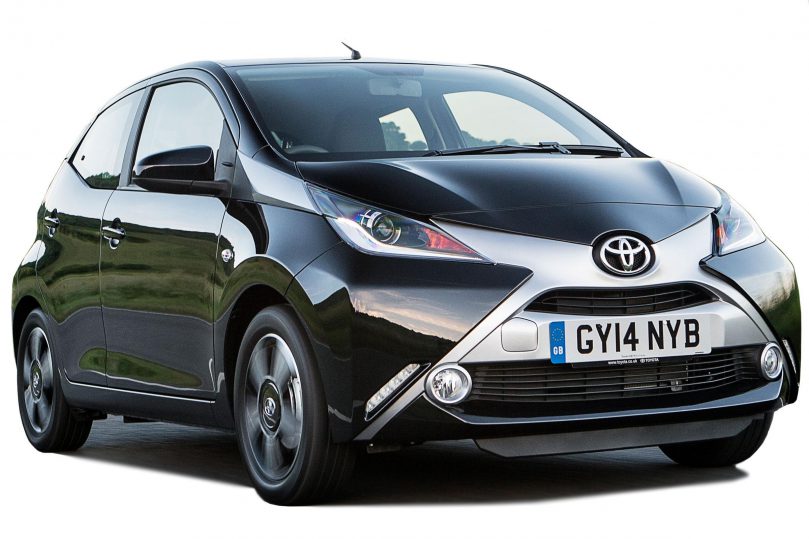Your finish guide to GST influence on the car and bike industry
Goods and Services Tax effects are yet uncertain to many and various sectors are yet unclear as to how this will influence businesses, sales and profits. The automobile sector has also been in a quandary about the effects of Goods and Services Tax (GST) and its influence on two and three wheelers, passenger and commercial vehicles. Earlier this month, automakers across India announced pre–GST discounts to clear stocks and embark afresh from 1st July 2017.
This created some turmoil in the minds of buyers as to whether to purchase vehicles pre-GST or wait for its implementation and very likely take advantage of lower prices. It is estimated that puny vehicle are not going to practice a dramatic switch in price but luxury vehicles could get cheaper.
We give below a break-up of what the implementation of GST will bring in for the automotive sector:
Two Wheelers
With the implementation of GST, ex-showroom prices of two wheelers will be the same across India with a plane 28% GST. Two wheelers have been classified into two groups under GST rate – engine capacity below 350cc and those above 350cc. Ex-showroom prices of bikes below 350cc are set to go down while those above 350cc will see an increase in prices.
• Engine capacity below three hundred fifty cc – GST on two wheelers with engine capacity below 350cc will attract a 28% GST, down 2% as compared to a current 30% which includes excise duty, VAT, CST etc. These include the Honda Activa 4G, Hero Splendor, Bajaj Pulsar 150, Royal Enfield Classic 350, etc.
• Engine capacity above 350cc – GST on two wheelers with engine capacity above 350cc will attract an extra cess of 3% over the 28% GST thus making prices marginally higher. However, this tax difference will be just around 1% as compared to the current 30% tax applicable as on date. This difference in price will not be significant and will hence not affect the buying sentiments to a very good extent. KTM three hundred ninety Duke, Harley-Davidson Street Rod, Ducati Scrambler and Triumph Street Twin are examples of bikes in this category that will be affected by this fresh tax structure.
Passenger Vehicles
In this category, the percentage of GST will vary according to the length of the vehicle and engine capacity.
• Sub four Meter petrol cars powered by engines with less than one thousand two hundred cc capacity – Cars in this category, which were taxed at 31.4% before GST will now be taxed at 28% base rate plus 1% cess thus taking total taxes to 29%. These will include the likes of Maruti Suzuki Alto eight hundred and Renault Kwid.
• Sub four Meter diesel cars powered by engines with less than one thousand two hundred cc capacity– earlier taxed at 33.4% will now have a standard 28% base rate plus 3% cess thus taking total to 31%. Diesel versions of VW Ameo and Maruti Suzuki Swift fall in this category.
• Midsized cars above four meters but less than 1500cc – Before GST, these cars attracted a 46.6% tax in the form of excise duty, VAT, CST etc. Now with the implementation of GST, cars in this category will be taxed at the rate of 28% plus 15% cess resulting in 43% tax, thus bringing down prices of cars in this segment by Three.6%.
• Cars above four meters and 1500cc – An earlier 51.8% tax on vehicles in this segment will now be brought down to 43% which includes 28% tax and 15% cess. Honda City and VW Vento are examples of vehicles in this category
• SUV – Prices of SUVs will be largely impacted due to a significant reduction in taxes. In this category, taxes stood at 55.3% prior to the introduction of GST which now comes down to 43% with 28% tax and 15% cess.
• Hybrids – The implementation of GST will prove to be detrimental to sale of cars in this segment. This higher tax implementation will go against the very concerted efforts being projected by the Indian Government to ‘Go Green’. It is only vehicles in this segment that will witness a considerable rise in prices as taxes on hybrids, electrics and semi-hybrids will go up from a current 30.3% to 43% which includes 28% tax and 15% cess. This would mean that the Toyota Camry Hybrid will now be around INR six lakhs more expensive while the Honda Accord will cost INR ten lakhs more. Maruti Suzuki Ciaz and Mahindra Scorpio Intelli hybrid being mild hybrids will also see an adverse influence on prices.
Commercial Vehicles
Commercial vehicles are again classified into two segments – commercial vehicles and three wheelers. Where commercial vehicles are worried, tax before GST stood at 30.2% which will now be diminished to 28%. Buses with 10-13 seater capacity will see taxes going up from 30.2% prior to implementation of GST to a whopping 43% post GST. In the case of three wheelers, buyers will stand to build up as pre GST taxes were at 29.1% which now comes down to 28% after GST.
Motor Insurance
Insurance services are also set to be effected by the implementation of GST with the rate of tax being enhanced from a current 15% to 18%. As motor insurance is mandatory with the purchase of every vehicle, this will bring an extra cargo of 3% on the customer whether purchasing a two or four wheeler, private or commercial vehicle.
Accessories and Free Services
Car accessories and free services provided by dealers also comes under the GST gambit even however they had no VAT or Service Tax charged on them prior to the implementation of GST.
